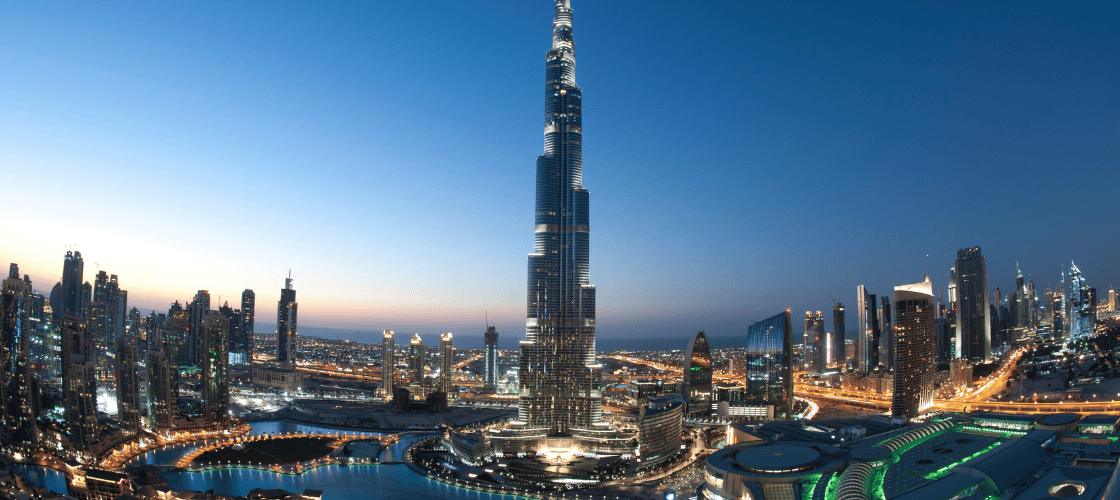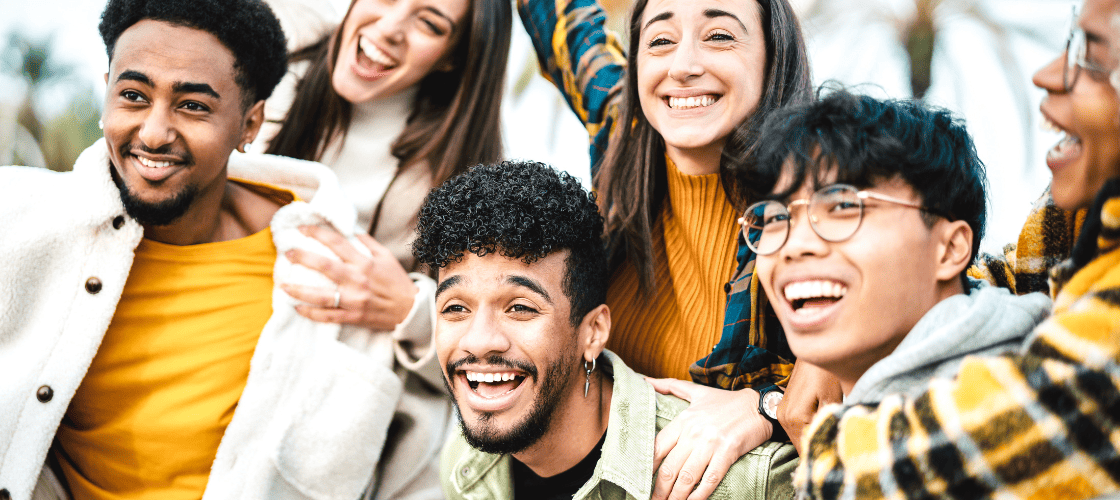Retail & Distribution
Luxury retail in 2021: 7 trends to watch
26 januari 2021
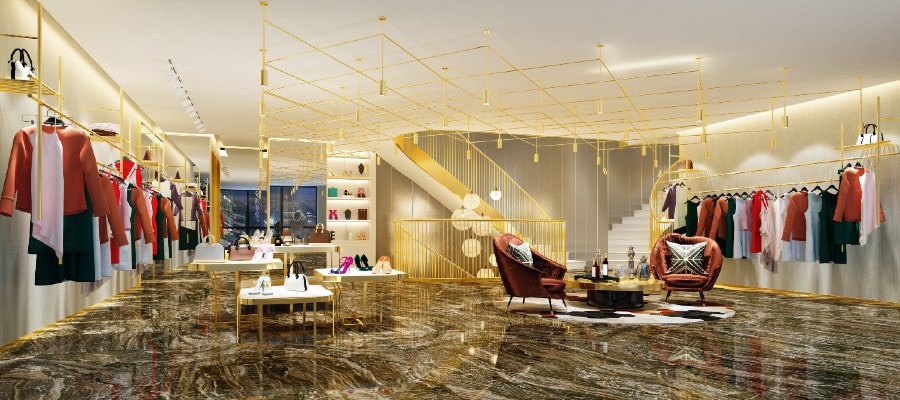
1. The ‘phygital’ store
When personal distance becomes a premium and online shopping a standard, what role can the physical store play for brands? The physical space remains a crucial pillar for brands to connect with their audience. The shift is now towards crafted in-store experiences that maximise personalisation and meet the needs of customers who are converting their online browsing to a visceral experience. Pandemic practicalities may continue for some time; But within this limited space, the creative use of experiential retail is paradoxically expanding the world for lifestyle consumers. The US, a yardstick in innovation for international retailers, offers prime examples of this energy. In Manhattan, Chanel’s Soho store Atelier Beauté, for example, is less about displaying product, than bringing it to life through makeup ‘artists-in-residence’, designated spaces for experimentation, minimalist product displays and a content creation room with Instagram-approved lighting. In the same neighbourhood, Gucci’s screening room, café and a bookshop augment its collections. The integration of ‘distanced’ purchasing also helps to use the space in different ways: dedicated zones for trying on, returns and recycling areas and buying avenues for customers that take into account new health concerns. Curbside and click-and-collect services are now being integrated into new selling ceremonies and Finnish postal company has transformed the once functional but boring parcel locker store into an aesthetically pleasing experience in their collection concept, Box.
2. Sales associates as brand & value ambassadors
As social distancing became the norm, luxury brands tried harder to become closer to their consumers in 2020. Sales associates are key conduits for consumers to know what the store stands for; expressing top-line messaging in human terms, using a deep understanding of the heritage, values and sustainability issues to tell the brand story with authenticity and authority. As such, they continue to be front line in the increasing personalisation of the luxury consumer experience and the creation of relationships with greater depth, anticipation and responsiveness. Brands are embracing this opportunity to leverage this powerful resource – the sales associates – by creating more flexible omnichannel selling ceremonies, blending tradition and technology to deliver an elevated customer experience. This can include virtual personal shopping – Harrods and Agnès b for example, invite customers to message a personal shopper on WhatsApp and Gucci, whose personalised virtual experience allows staff to livestream from a replica showroom and pull items to show customers. But it’s not just the store or online space in which the sales associate can connect and add value — another growing trend is the active engagement with VIP clients beyond traditional boundaries, either through their mobile devices or by creating small bespoke viewing or buying events.
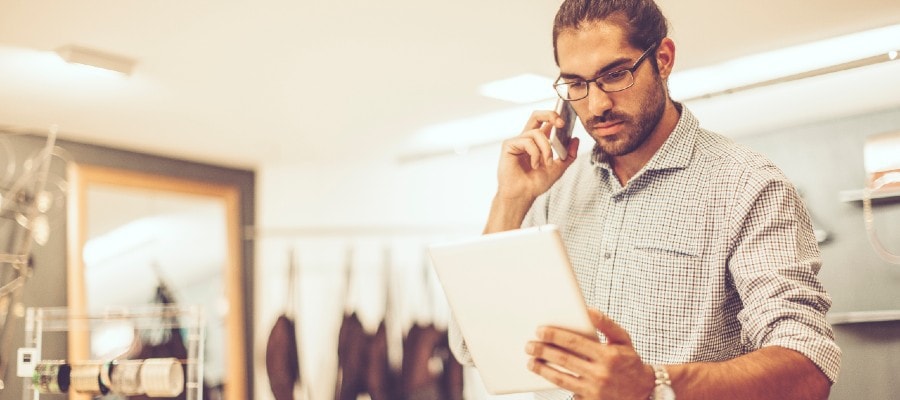
3. Digital taking centre stage – permanently
One indisputable message from 2020 for luxury retailers was of the fundamental role of digital to the evolution of the industry and as such, savvy brands will move digital to the centre of their operating model. The potential is huge; in the first eight months of the pandemic, the online fashion industry registered the equivalent of six years’ growth[2]. And while the inability to shop in-person undoubtedly influenced this, all indicators point to the role of increased digitisation to support and reinforce the luxury experience, even post-pandemic. For the luxury industry it is not just a case of embracing e-commerce, however, but in developing and executing an omnichannel strategy that works to engage, inspire or enable, whether through a live video fragrance consultation by Penhaligon’s or a Neiman Marcus’ app that allows customers to photograph a product they see in the street and upload so it can suggest identical products. Unified commerce platforms, greater analytics, improved supply chains — as well as customer-facing innovations such as Burberry’s pioneering social retail store[3] — are just some of the ways in which tech can unlock seamless efficiency, new experiences and customer segments. Throughout all though, successful digital strategies will involve capturing an essence of quality and consideration that aligns with a brand’s products, as luxury consumers’ high expectations carry over to their experiences online. And digital apps also play their part in encouraging customers to come back into the store which, in turn, has now taken on a marketing role (as well as a marketplace), giving customers the opportunity to interact with products and develop a relationship with the brand through the experiential interiors and VIP appointments, without necessarily making a transaction.
4. An increasing demand for personalisation
One in five consumers
cited customisation as a relevant and important factor to them when buying luxury products according
to a report by the Boston Consulting Group and Altagamma
Increased personalisation will continue to be key to nurturing the luxury experience, particularly as the sector walks the line of embracing digital capability and potential — while not allowing it to threaten quality and exclusivity through a ‘digital dilute’. One in five consumers cited customisation as a relevant and important factor to them when buying luxury products according to a report by the Boston Consulting Group and Altagamma[4]. And as such, it is critical that luxury brands have relevant, tailored interactions with customers at every touch point, creating a sense of individual connection and meaningful value beyond the transaction. In-store, tech can now allow every selling ceremony to be informed by valuable data from the customer’s personal profile, cinching in the experience to fit them perfectly. Past purchases, social data, frequency and delivery preferences can all inform a highly individual suite of services provided by sales associates. Clienteling apps in stores such as Furla, Vilebrequin and L’Occitane gather and collate this kind of data in an ‘invisible’ process during the selling ceremony. In this way, client preferences and expectations can be met seamlessly, from the drink that is ready for them when they enter the store to relevant post-sales support, helping to differentiate a luxury brand from its competitors and encouraging repeat business.
5. Sustainability a need, not a ‘nice to have’
67% of consumers
consider the use of sustainable materials to be an important purchasing factor, and 63% consider
a brand’s promotion of sustainability in the same way.
Sustainability continues to be a priority for all segments of the fashion industry, which still accounts for 10% of the world’s carbon emissions[5]. The experience of a global health crisis has underlined the need for this value to be a central business pillar, reminding us how interconnected we are as a planet in our actions and consequences. And brands are increasingly looking to ‘do the right thing’ rather than just be seen to, driven by a new generation of luxury consumers. A recent McKinsey survey showed that 67% of consumers consider the use of sustainable materials to be an important purchasing factor, and 63% consider a brand’s promotion of sustainability in the same way[6]. As a result, companies are looking to evolve best practice in areas that include materials, supply chain, packaging and ethical provenance. Lateral initiatives such as vintage luxury, members-only brands focusing on sustainability and reduced packaging lines all feed further into the creation of a circular economy. And technology once again has a huge part to play in enabling and refining this shift. For retailers having the ability to deploy Ship from Store, products that have been ordered online can be fulfilled by a local store rather than automatically having it shipped from central warehouse, enabling a quicker, cost effective and more sustainable journey to the customer.
6. And authentic storytelling is key
Storytelling continues to be core to meaningful communication of brand values but will gain added resonance in a post-Covid world. Pandemics have a way of altering the social fabric: accelerating innovation and causing people to reassess their values and priorities and much of the luxury bounce-back will ride on brands successfully distilling their essence – unique, timeless craftsmanship, built to last — and communicating and connecting this effectively with audiences. Interwoven with this are the considerations of a new generation of luxury consumers — those who look for sustainability, fair trade and ethical production as well as the finest products. For these consumers, primarily but not exclusively Gen Z and Y, the provenance of the luxury goods they choose to buy is essential in expressing their individual identity. In a ‘disposable’ world, he or she who values longevity and care is now shown to have the highest values, and authentic narratives of craftsmanship and tradition such as that of Johnston’s of Elgin, which works with the whole of the cashmere supply chain, from farmers and shepherds through to retailers, are king. In all cases, the stories that luxury brands tell will need to be and feel authentic, conscious and congruent to land with consumers.
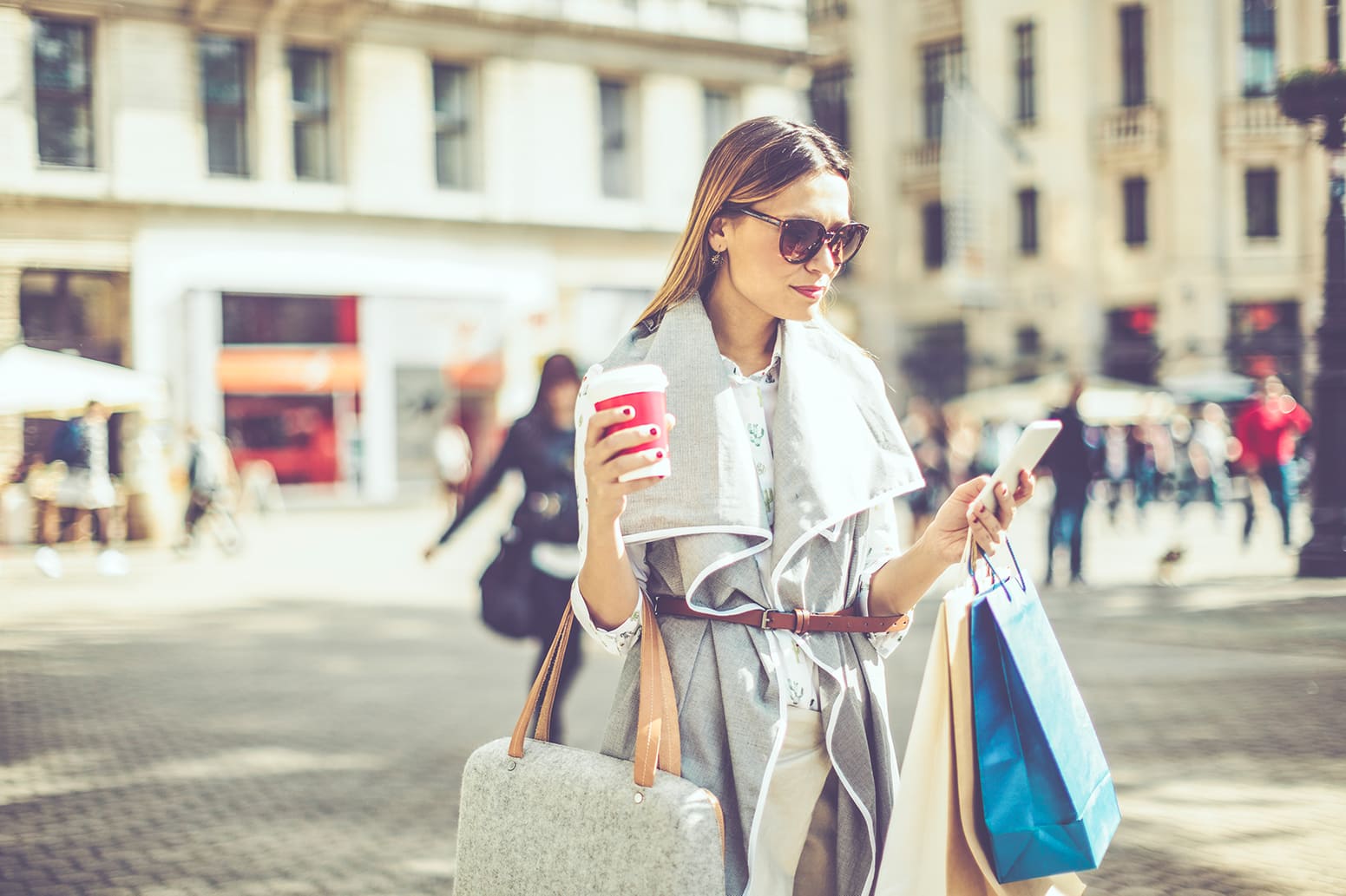
7. Global vs local
With curtailed international travel this year, luxury brands saw a large market segment fall away; around 20 to 30% of industry revenues are generated by consumers making luxury purchases outside their home countries[7] The Asian market is particularly relevant in this regard – in 2018, it is estimated that purchases outside the mainland accounted for more than half of China’s luxury spending.[8]
There is also a very marked increase in luxury retailers looking to develop their store network in China, with hopes to achieve the same success as Hermès, who’s flagship store in Guangzhou’s Taikoo Hui shopping centre brought in an incredible US $2.7 million in sales on its reopening day after the first lockdown. [9]
With travel not expected to ramp up to pre-Covid levels for some time yet, even with the vaccine roll out, the trend continues toward converting the global shopper to a local shopper — with implications for how brands attract and service their clients. Bringing luxury purchases ‘in country’ during the pandemic underlined the need to develop the right selling ceremonies for each store, platform and in each region, something that will continue to be a central strut in success. However, as the industry looks to the future and its expansion post-pandemic, global compliance will also be a key trend in existing and emerging markets.
The ability to comply with international fiscal rules is crucial to success, using systems that are powerful and flexible enough to support ongoing business operations as regional regulations evolve. Luxury brands must be prepared to take on an ever-more complex patchwork of laws and employ solutions that do not disrupt the selling ceremony, maintaining a seamless customer experience.
Read the latest ebook : Luxury The New Way.

[1] https://www.bain.com/about/media-center/press-releases/2020/spring-luxury-report/
[2] https://www.mckinsey.com/industries/retail/our-insights/a-perspective-for-the-luxury-goods-industry-during-and-after-coronavirus
[3] https://www.luxurysociety.com/en/articles/2020/09/social-retail-landed-luxury-brands
[5] https://www.worldbank.org/en/news/feature/2019/09/23/costo-moda-medio-ambiente
[6] https://www.mckinsey.com/industries/retail/our-insights/survey-consumer-sentiment-on-sustainability-in-fashion
[7] https://www.mckinsey.com/industries/retail/our-insights/a-perspective-for-the-luxury-goods-industry-during-and-after-coronavirus
[8] Aimee Kim, Lan Luan, and Daniel Zipser, “How young Chinese consumers are reshaping global luxury,” April 2019.
[9] https://jingdaily.com/why-is-hermes-thriving-in-china-despite-covid-19/
